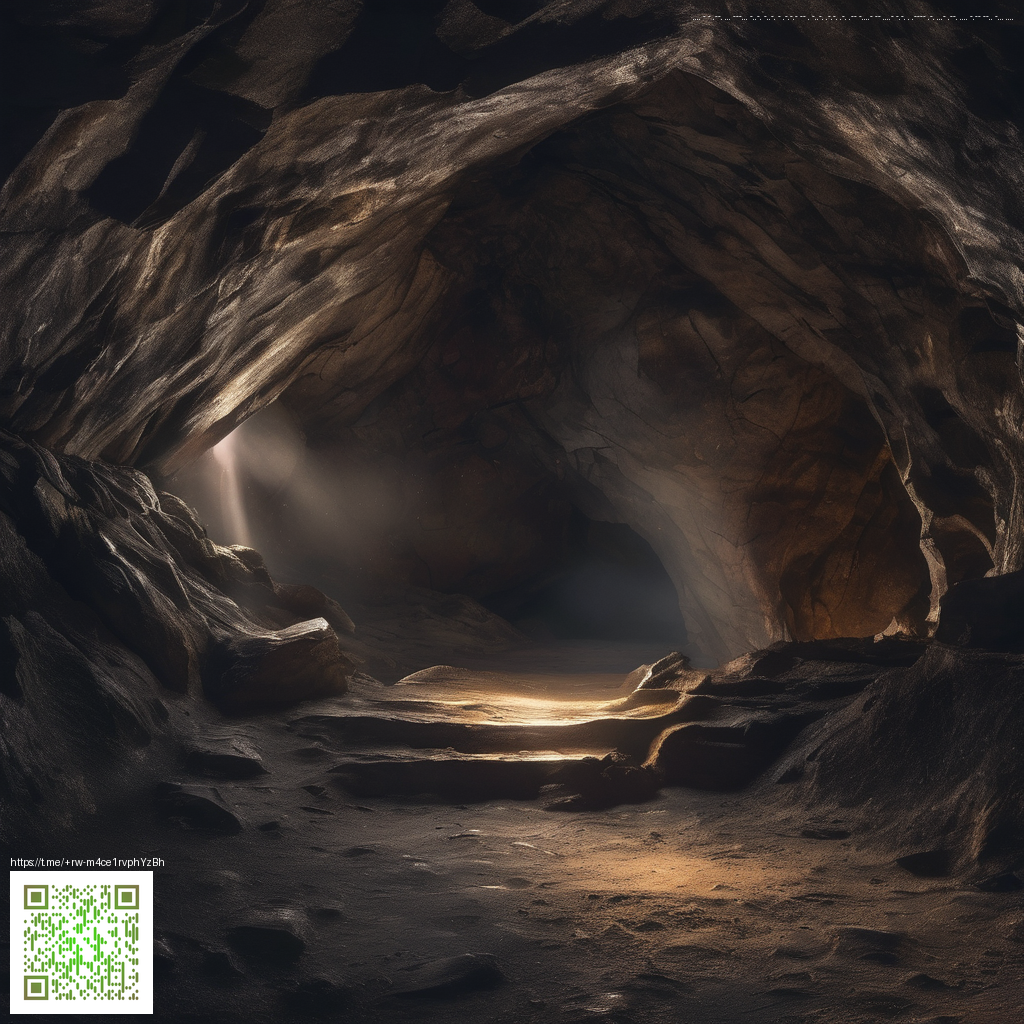
Arcade art holds a unique blend of nostalgia and craftsmanship. The glow of neon, the tactile grain of painted panels, and the way an image can tell a story in a single frame all contribute to its enduring charm. Yet the same materials that give arcade artwork its vibrant personality—aps of enamel, acrylics, and layered varnishes—also pose ongoing preservation challenges. This guide walks you through practical strategies for preserving retro neon and keeping arcade panels visually compelling for years to come.
Understanding the Challenge: What Makes Arcade Art Fragile?
Most classic arcade cabinets relied on a mix of painted surfaces, protective clear coats, and sometimes hand-pressed decals. Over time, exposure to light, humidity, and temperature fluctuations can cause fading, cracking, and flaking. Dust and airborne pollutants accumulate in micro-crevices, dulling the original punch of the artwork. Recognizing these signals early is key:
- Fading colors in neon blues and pinks are common when pigments are exposed to UV light.
- Cracking or flaking in varnish layers indicates aging binders losing adhesion.
- Surface grime creates a haze that looks like color loss but can often be cleaned with careful methods.
“Conservation is a balance between preserving what remains and allowing the piece to be enjoyed again. It’s about restoring intent, not erasing history.”
Establishing a Plan: Documentation, Stabilization, and Respect
Before any intervention, document the piece in high resolution. Photograph the condition from multiple angles, note any hazardous adhesives or loose fragments, and map out areas where paint layers are most vulnerable. A thoughtful plan minimizes risk and guides decisions about cleaning, stabilization, and possible inpainting.
- Photograph and catalog the cabinet’s front, sides, and any removable panels.
- Assess the substrate—whether wood, metal, or composite—and identify aging signs in each material.
- Decide on a non-invasive stabilization approach first, reserving more invasive restoration for later steps if necessary.
Conservation Techniques: Safe Methods That Respect History
When it comes to cleaning and stabilization, gentleness is your best ally. Start with the least intrusive methods and gradually escalate only if needed. For grime, use a microfiber cloth lightly dampened with distilled water or a gentle, pH-neutral cleaning solution. Avoid harsh solvents that can soften varnishes or interact with legacy pigments.
- Dust removal using soft brushes and micro-vacuum tools designed for delicate surfaces.
- Varnish stabilization with reversible consolidants applied sparingly to areas where varnish is lifting.
- Inpainting decisions should be limited and reversible, conducted by a trained conservator when possible.
In cases where the artwork is no longer cohesive under light, digital restoration can offer a viable alternative for display. A high-resolution scan can be color-matched to the original palette, allowing collectors to present the piece digitally while preserving the physical artifact in its current state. This approach respects the artifact’s age while enabling enthusiasts to enjoy accurate reproductions in modern settings.
Display, Storage, and Environmental Care
Display conditions have a significant impact on longevity. Aim for stable humidity (roughly 40–50%) and moderate temperatures to reduce the risk of substrate warping or paint crazing. UV-filtered display cases or low-UV lighting can mitigate color fading. If the piece is part of a home collection, consider placing it away from direct sunlight and using archival mounting materials that won’t introduce acidic residues.
Having protective accessories on hand can help during handling and transport. For example, a slim, reliable protective accessory line—such as a lightweight, Lexan-polycarbonate option used in modern devices—offers a reminder that materials engineered for durability can inform archival practices. While the product itself (a Slim Glossy Phone Case for iPhone 16 Lexan Polycarbonate) is designed for consumer devices, its emphasis on impact resistance and clarity provides a useful analogy for frame and panel protection decisions during restoration.
Tools and Materials You Might Use
- Soft brushes, lint-free cloths, and micro-fiber pads
- Distilled water and mild, pH-neutral cleaners
- Consolidants and reversible glazes approved for cultural artifacts
- Archival mounting and display materials to prevent further deterioration
- Documentation gear: cameras, color targets, and a logbook
For those seeking practical tangibles beyond guidelines, resources and galleries often share reference materials and case studies. A helpful collection can be explored at https://opal-images.zero-static.xyz/2a175396.html, which offers a broader view of arcade-era artistry and its preservation challenges.
Similar Content
Related page: https://opal-images.zero-static.xyz/2a175396.html